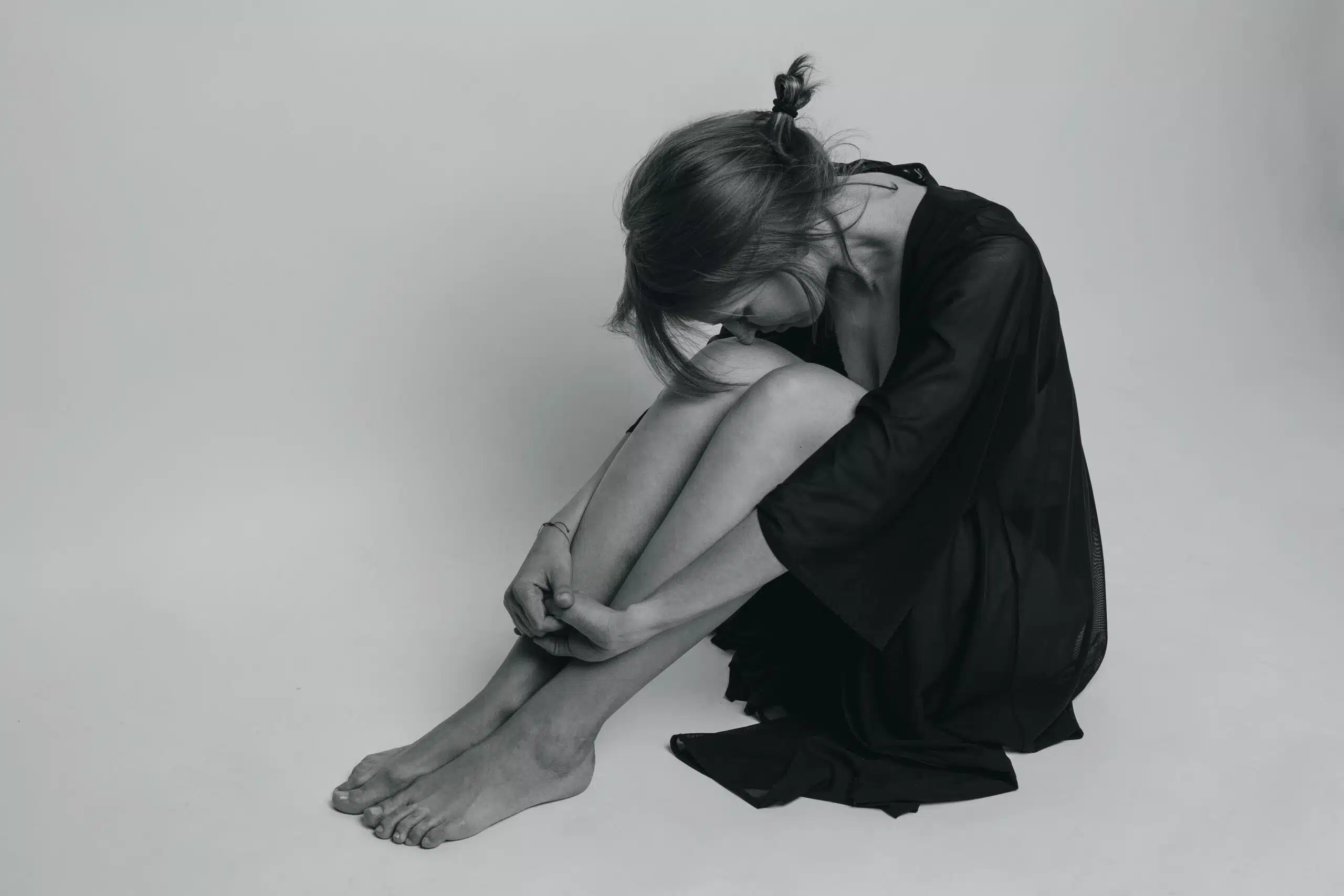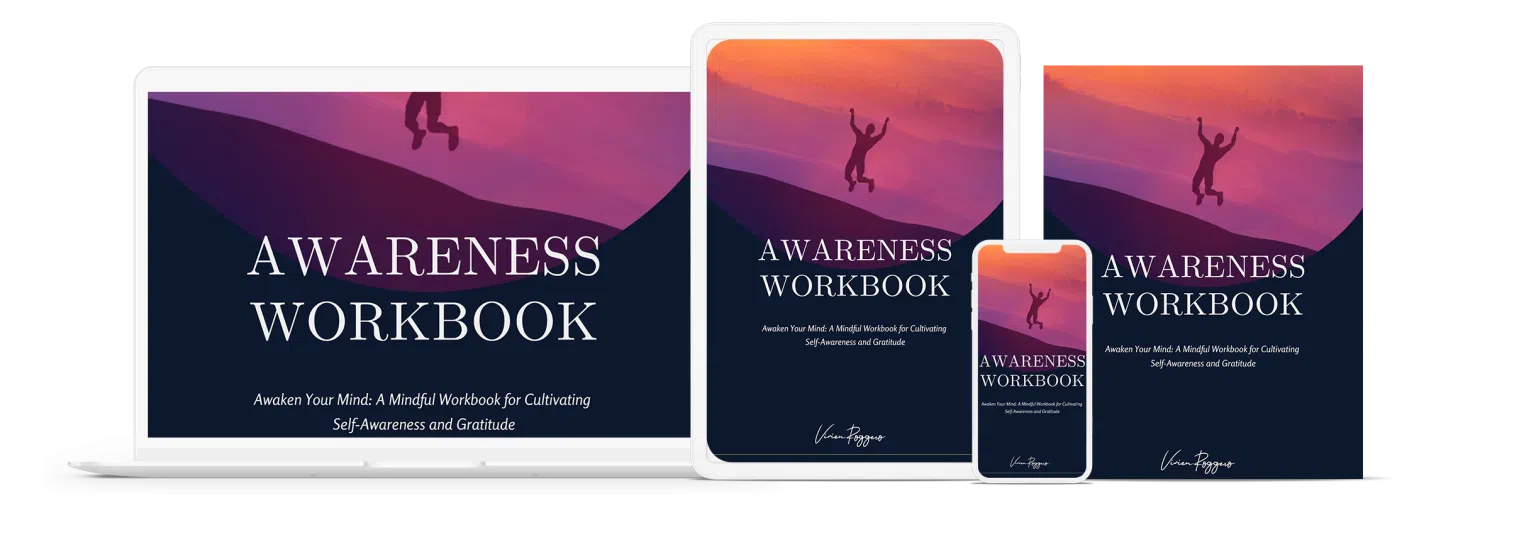Unveiling the hidden canvas of our minds, art therapy is more than an intersection of creativity and psychology. It’s a therapeutic process, a conduit of expression for those who find solace and understanding in colors, shapes, and textures. Deeply rooted in the realization that creativity can mend the unseen wounds of the mind, art therapy extends beyond words, offering a unique path to healing and self-discovery.
Birthed in the human instinct to create, art therapy has traversed centuries, transcending diverse cultures and civilizations. Over time, it has evolved into a recognized therapeutic practice, engaging the senses in profound ways to encourage emotional healing. The potency of art therapy rests on a simple truth—creative expression carries an intrinsic ability to bring us closer to our inner worlds, fortifying our mental health and overall well-being.
Definition of Art Therapy
Art therapy is an integrative mental health and human services profession that enriches the lives of individuals, families, and communities through active art-making, creative process, applied psychological theory, and human experience within a psychotherapeutic relationship.
Tracing its origins to the mid-20th century, art therapy emerged as a distinct discipline when psychiatrists began to notice their patients’ expressive and symbolic doodles. The realization that art held therapeutic potential laid the groundwork for the development of this healing modality. Over time, art therapy has blossomed into a holistic practice, marrying artistic expression with psychological insight to foster emotional health and resilience.
How Art Therapy Works

The Role of a Qualified Art Therapist in the Process
Stepping into the shoes of a guide, a qualified art therapist navigates the journey of healing alongside their clients. Their role encompasses fostering a safe and nurturing environment, encouraging creative exploration, and gently unraveling the deeper meanings entwined in the artwork. Their expertise lies in blending artistic and therapeutic techniques to facilitate personal growth and emotional well-being.
Principles and Techniques Used in Art Therapy Sessions
At the heart of art therapy lie principles of respect, understanding, and empowerment. The sessions are characterized by a unique blend of traditional psychotherapeutic techniques and artistic expression. From drawing and painting to sculpting and collage-making, a broad spectrum of artistic mediums offers diverse avenues for exploration and self-expression.
Therapeutic Benefits of Various Art Mediums
Different art mediums resonate differently with each individual. While one may find tranquility in the rhythm of a paintbrush, another might discover catharsis in the rawness of clay. Each medium, with its unique sensory and aesthetic qualities, can serve as a powerful tool for introspection, expression, and therapeutic transformation.
Art Therapy in Mental Health
Addressing Emotional Trauma and PTSD through Art Therapy
Art therapy holds a beacon of hope for those grappling with emotional trauma and PTSD. It enables them to externalize and process their experiences in a non-threatening way, fostering resilience and facilitating trauma resolution. The visual narratives they create provide a tangible outlet for the intangible pain and distress borne out of traumatic experiences.
Managing Stress, Anxiety, and Depression with Artistic Expression
Art, with its soothing and immersive nature, is a potent antidote to the challenges of stress, anxiety, and depression. Art therapy engages the mind in a focused, meditative activity, diverting it from distressing thoughts and instilling a sense of calm. The process of creating art also encourages a positive mindset and fosters a sense of achievement, combatting the debilitating effects of these conditions.
Enhancing Self-esteem and Self-awareness through Art Therapy
Art therapy is a profound journey towards self-discovery and acceptance. As individuals translate their inner world onto the canvas, they not only gain insights into their thoughts and feelings but also experience a sense of accomplishment. This process, in turn, strengthens their self-esteem and fosters self-awareness, laying the groundwork for self-compassion and growth.
The Connection Between Art and the Unconscious Mind
Symbolism and Metaphors in Art Creations
Art allows us to express ourselves symbolically, bringing to light the unconscious aspects of our psyche. In art therapy, analyzing these symbols and metaphors can uncover hidden emotions and conflicts, facilitating a deeper understanding of one’s self. The process of decoding the language of art enhances self-awareness and offers valuable insights into one’s mental and emotional landscape.
Subconscious Messages Revealed Through Art
Art is a mirror reflecting our subconscious mind. Through the seemingly random strokes and patterns, it conveys messages that escape our conscious awareness. Recognizing and interpreting these subconscious messages can foster profound self-discovery and emotional catharsis, opening new doors to healing and personal development.
How Art Therapy Can Facilitate Deeper Insights and Self-discovery
Art therapy is a voyage of self-discovery. The therapeutic process, coupled with the act of creating, illuminates the unseen corners of our psyche, unravelling the layers of our identity. Through the exploration of different mediums, techniques, and themes, individuals gain deeper insights into their inner world, fostering emotional resilience and personal growth.
Art Therapy with Special Populations

Art Therapy for Children: Fostering Emotional Development and Communication
Art therapy plays a crucial role in fostering emotional development and enhancing communication skills in children. Through the freedom of artistic expression, children can explore their feelings, develop emotional intelligence, and learn to communicate their thoughts more effectively. It also helps them cultivate problem-solving skills and boosts their self-esteem.
Art Therapy for Adolescents: Navigating Identity and Social Challenges
During adolescence, individuals undergo significant changes and face numerous social challenges. Art therapy provides them with a safe and non-judgmental platform to navigate these complexities. It facilitates self-expression, aids in identity formation, and empowers them to manage social pressures effectively, promoting their overall emotional well-being.
Art Therapy for Adults and Seniors: Coping with Life Transitions and Aging
Art therapy extends its healing touch to adults and seniors grappling with life transitions and the challenges of aging. It offers a therapeutic outlet to express their fears, anxieties, and hopes, and fosters acceptance of self and life changes. Furthermore, it stimulates cognitive functions and promotes social interaction, contributing to their overall mental health and quality of life.
Conclusion
Art therapy stands as a pillar of hope and healing in the journey towards self-discovery. By tapping into the transformative power of creative expression, it empowers us to face our deepest fears, unearth our hidden strengths, and embrace our authentic selves. Its application in the realms of mental health, life coaching, and executive coaching is pivotal, illuminating paths towards well-being and personal fulfillment.
The beauty of art therapy lies in its simplicity and profound depth. As a tool for self-expression, it respects our individuality, values our unique experiences, and cherishes our innate creative spirit. This approach doesn’t aim to diagnose or label, but instead encourages self-exploration, understanding, and transformation. As we navigate life’s complexities, art therapy serves as a compassionate companion, reminding us of our resilience, creativity, and capacity for growth.
Through the lens of art therapy, every challenge is an opportunity for self-discovery and growth, every trauma adds depth and richness to our canvas, and every triumph brings vibrant hues to our masterpiece. Art therapy invites us to pick up our brushes, face the blank canvas of existence, and craft our unique narrative. Let us embrace art therapy, not just as a form of self-care, but as a path to healing and personal growth. With each stroke and splash of color, we inch closer to our authentic selves.













![2024 Awareness Wordbook by Vivien Roggero [Self-discovery tools]](http://vivienroggero.com/wp-content/uploads/2023/04/Book-Awarness-Full-pack.png)